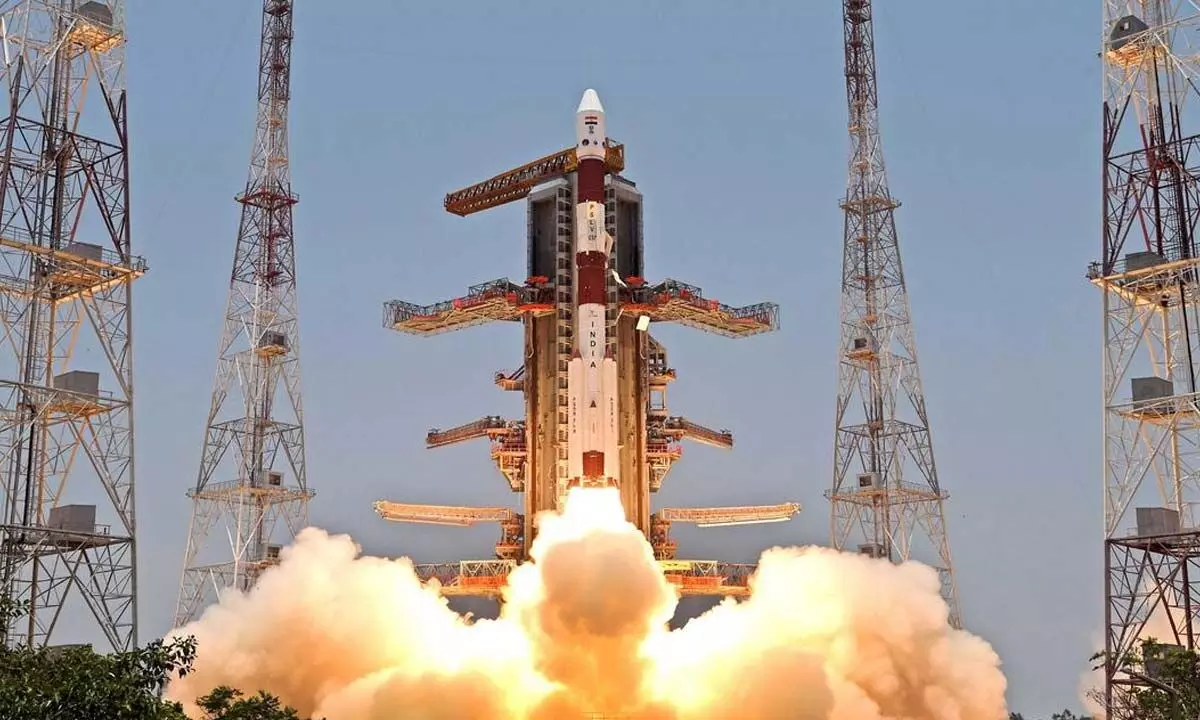PSLV C58 rocket to be launched tomorrow at SHAR

The PSLV C58 rocket, weighing 260 tonnes, is set to be launched from the first launch pad at Satish Dhawan Space Center SHAR on January 1st, 2024.
The PSLV C58 rocket, weighing 260 tonnes, is set to be launched from the first launch pad at Satish Dhawan Space Center SHAR on January 1st, 2024. The rocket has a length of 44.4 meters. The launch preparations, including the four stage rocket connection work and the connection from the Mobile Service Tower (MST) to the launch platform, have been completed. The launch work has been handed over to the Launch Authorization Board after a meeting held by the Mission Readiness Review (MRR) team on Saturday.
Following the MRR meeting, a launch authorisation meeting took place, along with rehearsals, to finalize the launch time and countdown. On Sunday morning at 8.10 am, it was announced that the countdown was underway, 25 hours before the scheduled launch. This launch marks the 60th launch in the PSLV rocket series.
During the launch, the PSLV C58 rocket will complete its experiment in four phases, taking a total of 21.55 minutes. The first stage of the rocket will contain 24.4 tons of solid fuel in two strap-on boosters, as well as 138 tons of solid fuel in the core alone stage, which will be completed in 109.40 seconds.
The heat shield protecting the satellite will be separated from the rocket 175 seconds after liftoff. The second stage, powered by 41.9 tons of liquid fuel, will be completed in 261.50 seconds. The third stage, fueled by 7.66 tons of solid fuel, will be completed in 586.26 seconds. Finally, the fourth stage, powered by 1.6 tons of liquid fuel, will be completed in 1258.92 seconds.
In the fourth stage, the liquid fuel motor will launch the XpoSat satellite weighing 469 kg into a fixed orbit for a duration of 1315.92 seconds (21.55 minutes). The satellite, xpoSat, will be used for astronomical research and will be launched to a height of 350 to 450 km in a high Low Earth Orbit (LEO).







